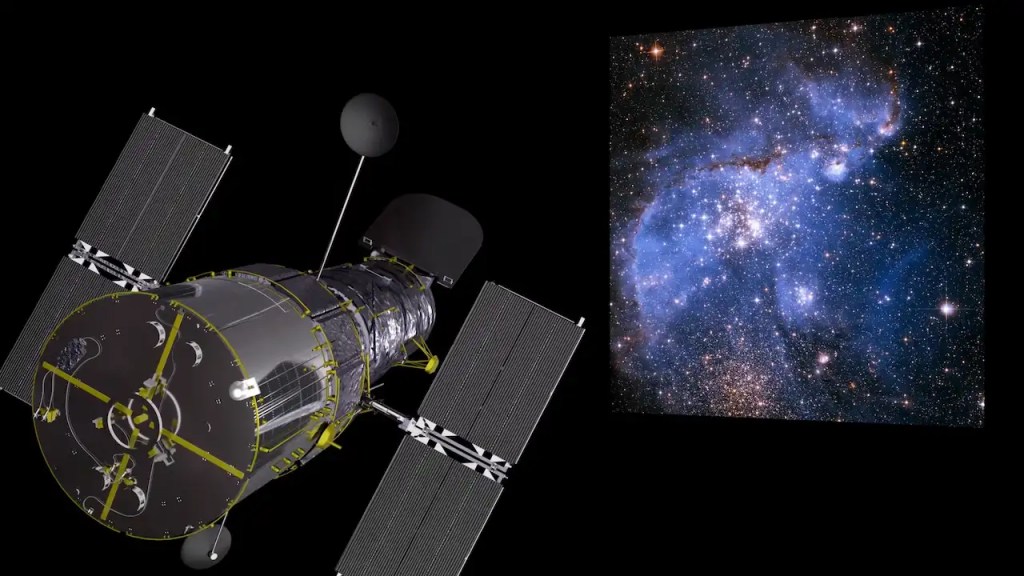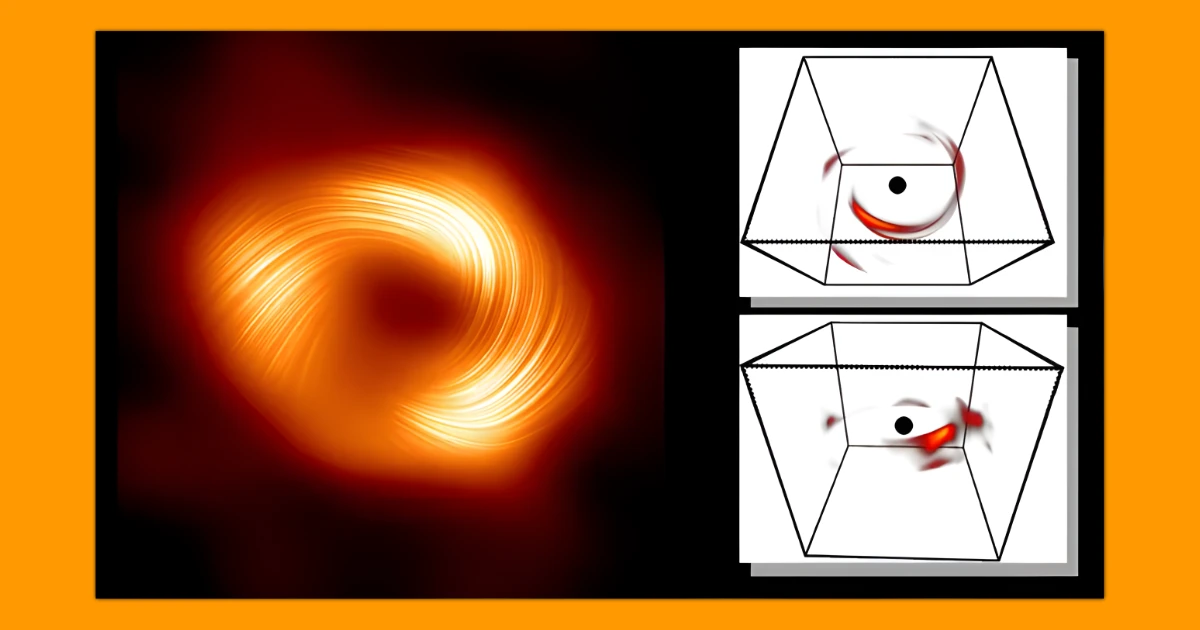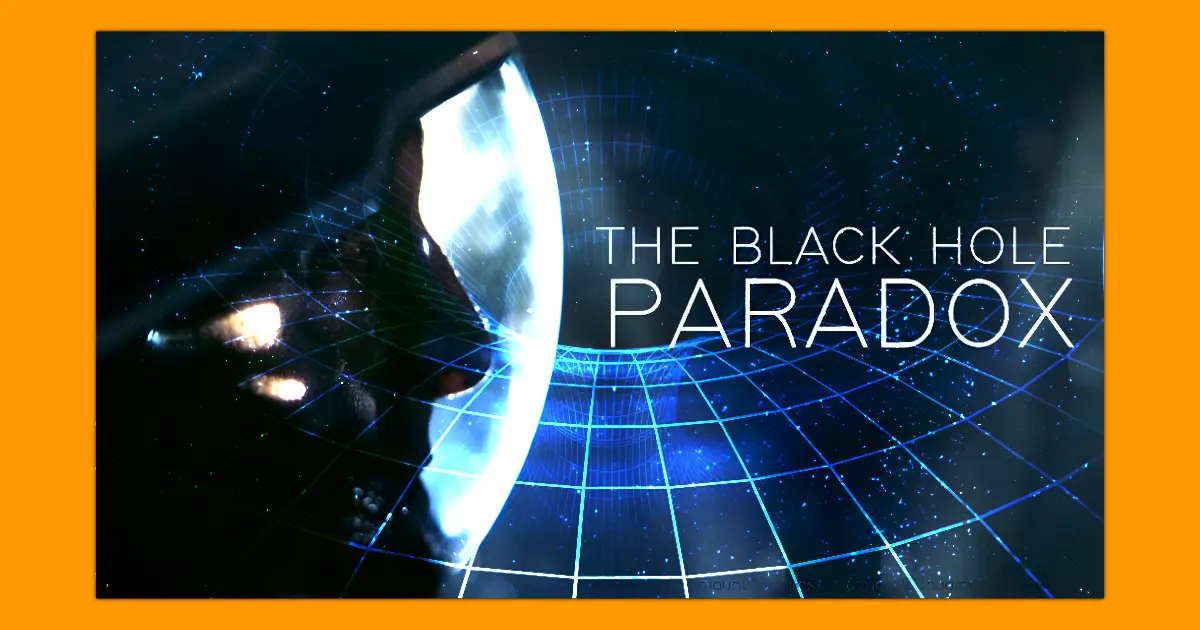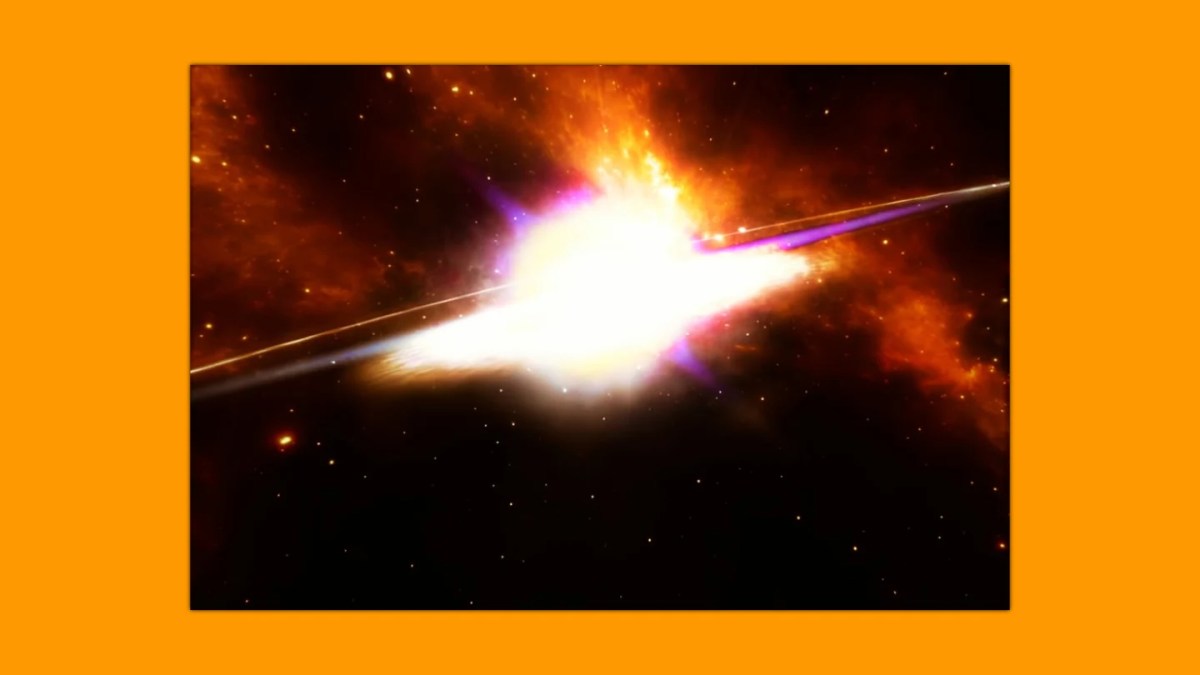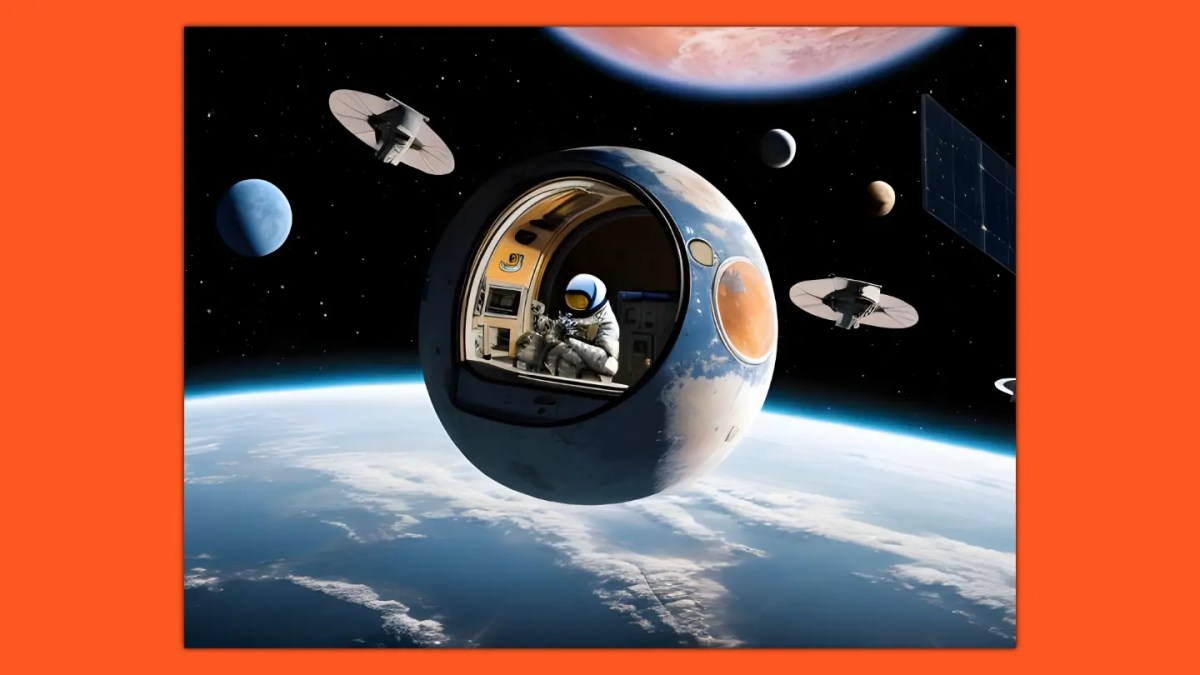Nature likes spirals – from the whirlwinds of a hurricane to the pinwheel-shaped protoplanetary disks around newborn stars to the vast regions of spiral galaxies in our Universe.
Now astronomers are surprised to find young stars spiraling into the center of a massive star cluster in the Small Magellanic Cloud, a satellite galaxy of the Milky Way.
NASA’s Hubble Space Telescope has detected stars and gas spiraling toward the heart of a massive stellar nursery in the nearby Small Magellanic Cloud. This could provide important clues about how the stars formed when the 13.8 billion-year-old galaxy was only a few billion years old.
The Small Magellanic Cloud, where NGC 346 is located, is only 200,000 light-years from Earth and possesses stellar material with a mass equivalent to 50,000 suns. As a result, stars in the Small Magellanic Cloud are hotter and burn their fuel faster than stars in the Milky Way.
Spiral Stars
Astronomers utilized the Hubble Space Telescope to study star formation in the Small Magellanic Cloud for 11 years. They found that stars have moved about 320 million kilometers (200 million miles) during that time.
Using the Multi Unit Spectroscopic Explorer (MUSE) instrument at the VLT, the second team of astronomers found that the stars were spiraling inward, promoting star formation.
Astronomers found young stars spiraling into the center of a giant, oddly shaped stellar nursery called NGC 346. A spiral is the most efficient way to feed star formation from the outside toward the center.
Hubble Spots Spiraling Stars
NGC 346 sits in the Small Magellanic Cloud (SMC), a satellite galaxy of the Milky Way, located 200,000 light-years away. The SMC has a similar chemical composition to galaxies found in the younger Universe when heavier elements were more scarce. Because of this, the stars in the SMC burn hotter and run out of fuel quickly. SMC star formation provides insight into how a firestorm of star birth may have created a “baby boom” in the early Universe.
Extraordinarily precise observations were possible only because of Hubble’s high resolution and sensitivity. Hubble’s three decades of observations provide a baseline for astronomers to follow celestial motions over time. Observing long-term changes like this advances our understanding of star formation and other mysteries of the Universe.
